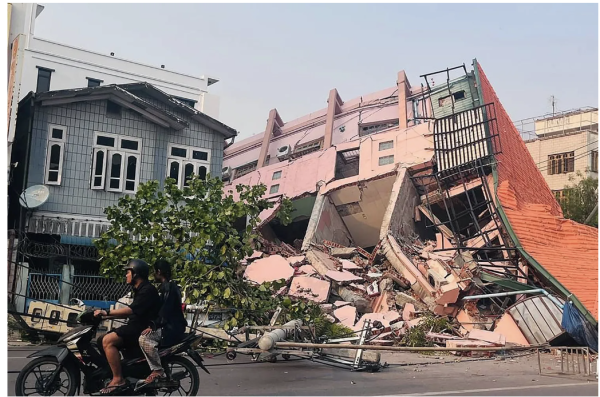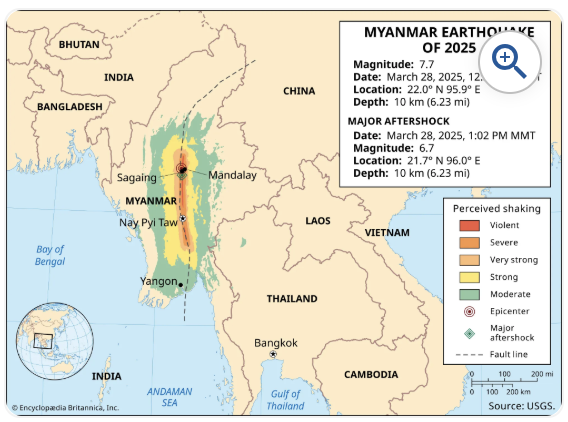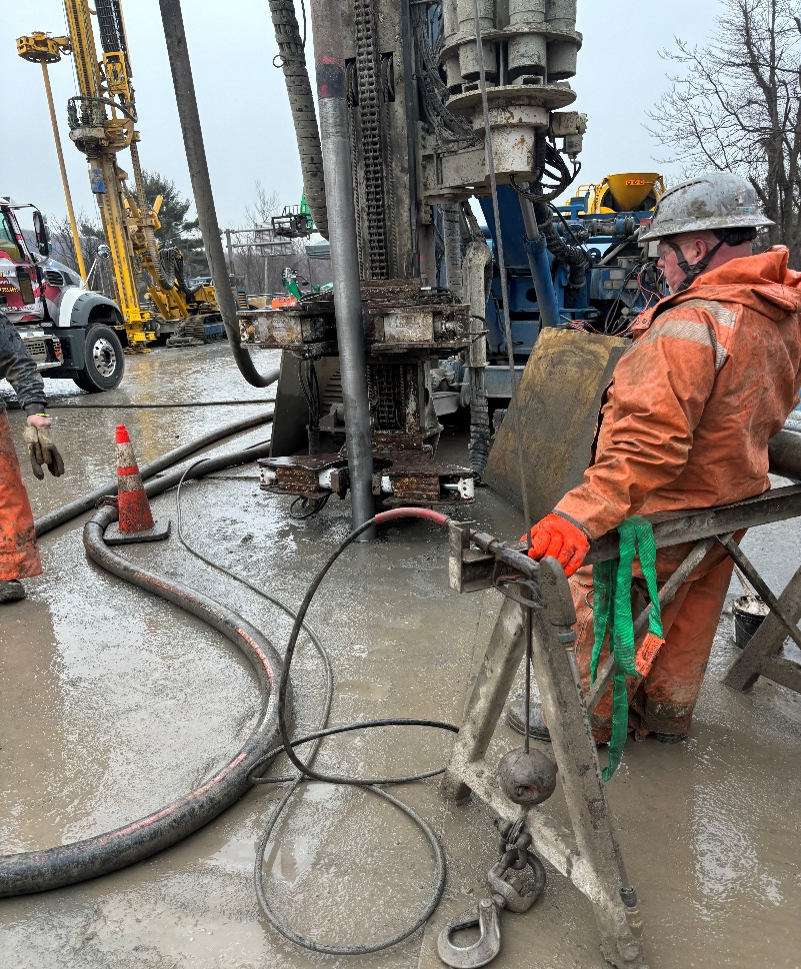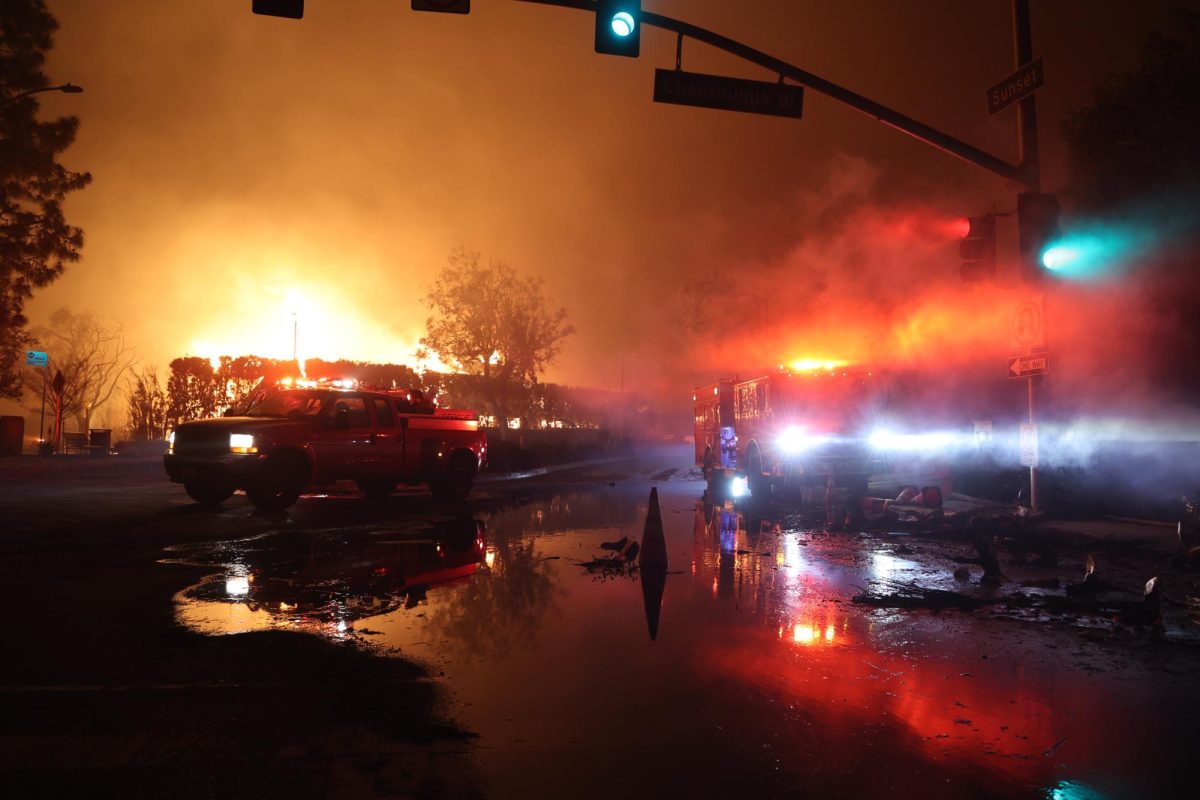A catastrophic earthquake struck near Mandalay, Myanmar’s second-largest city, on March 28, 2025. At a massive 7.7 magnitude, the earthquake caused widespread damage resulting in mass casualties. But this was just the first one. A second earthquake struck 12 minutes after, occurring South of Sagaing at a magnitude of 6.4.
According to the United Nations Development Programme, both earthquakes occurred along the Sagaing Fault. The highly active Sagaing Fault is a major strike-slip fault zone in Myanmar that is known for its frequent seismic activity. As explained by News 18, earthquakes occur when tectonic plates shift against one another to create friction. When this friction continues to increase, it causes stress to build up which leads to the release of an earthquake. Like the San Andreas Fault in California, the Sagaing Fault is a strike-slip fault. This type of fault means that two plates move sideways past each other therefore causing a stress build up along the fault line and releasing an earthquake.
These tragic earthquakes, with a death toll that is continuing to rise, are still affecting many. PBS News recently recorded that Myanmar’s death toll has already exceeded 3,600 people with over 5,000 injured and many missing. The severe earthquakes caused significant loss of life and injuries, displacement of populations, and widespread damage to infrastructure in Myanmar and beyond.
As noted in the BBC, the recent earthquakes affected the six major regions of Sagaing, Mandalay, Magway, Bago, Shan, and Nay Pyi Twa. Strong tremors and aftershocks were also felt as far as Bangkok, Thailand where there was dama

ge to their infrastructure and multiple casualties. Despite being over 621 miles from the epicenter of the first earthquake, Bangkok still experienced the impacts of the highly destructive event.
The devastating natural disaster has prompted rescue operations and relief efforts which are continuing with support from many different countries. According to CNN, despite limited funding from the UN’s Office for the Coordination of Humanitarian Affairs (OCHA) countries like China, and India are working to provide aid, rescue teams, and mobile medical units to Myanmar. As ongoing relief efforts seek to provide support, the detrimental impacts of the earthquake continue to shed light on the severity of the Myanmar earthquake.








